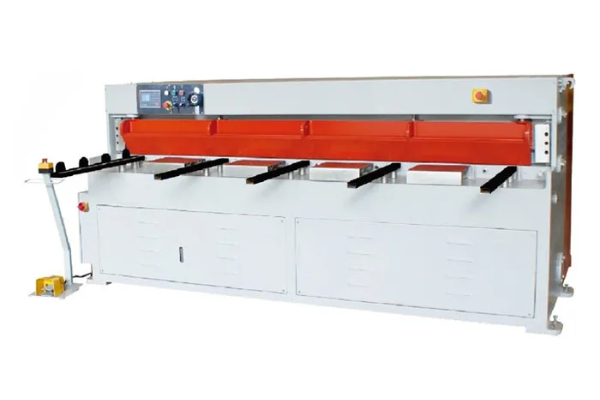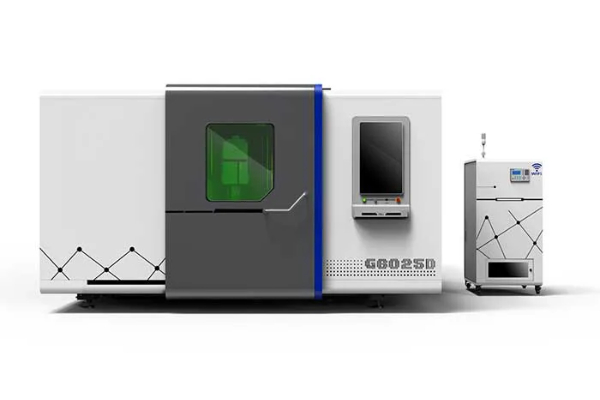
The Best Practices for Designing Parts for Laser Sheet Cutting
- By:Metmac
- 2024-08-29
- 122
In the realm of sheet metal fabrication, laser cutting stands as a beacon of precision and efficiency. To harness its full potential, it is imperative to adhere to meticulous design practices that ensure optimal results.
1. Consider Material Thickness and Tolerances:
The thickness of the sheet metal dictates the laser power and cutting speed. Excessive thickness can lead to incomplete cuts or excessive burn marks, while thin materials may require slower speeds to avoid warping. Tolerances should be realistic, as tight tolerances may increase production time and cost.
2. Optimize Part Geometry:
Design parts with straight edges and minimal curves. Avoid sharp corners, as these can hinder cutting accuracy and increase laser wear. Consider laser-cut features such as countersinks, holes, and slots, which can enhance functionality without compromising structural integrity.
3. Utilize Nesting and Common-Line Cutting:
Nesting software arranges parts on the sheet to minimize material waste. Common-line cutting reduces unnecessary laser travel by cutting adjacent parts simultaneously. These techniques maximize material utilization and reduce production time.
4. Employ Edge Compensation:
Laser cutting inevitably creates a kerf, a narrow zone of vaporized material. To ensure accurate part dimensions, compensate for the kerf by adjusting the CAD design accordingly. This ensures the final parts meet specifications.
5. Choose the Right Assist Gas:
Assist gases such as oxygen or nitrogen help remove molten material from the cut zone. Oxygen enhances cutting speed and edge quality, while nitrogen minimizes oxidation for certain materials. Select the appropriate gas based on the material and desired results.
6. Optimize Laser Parameters:
Laser power, cutting speed, and focus depth are critical parameters that affect cut quality. Laser power should be sufficient for complete cutting, while excessive cutting speed can lead to rough edges or laser damage. Optimize these parameters through experimentation and consultation with laser cutting experts.
7. Ensure Adequate Fixturing:
Securely fixturing the sheet metal during cutting prevents movement and potential inaccuracies. Use clamps, pins, or a vacuum table to ensure proper alignment and stability.
By adhering to these best practices, engineers and designers can harness the full capabilities of laser sheet cutting. Optimized designs result in precise parts, reduced material waste, and increased production efficiency. As a result, manufacturers can unlock the competitive edge that this advanced technology provides.
-
Advanced Sheet Metal Rolling, Cutting, and Folding Machines for Efficient Fabrication
2025/10/22 -
High-Precision Sheet Metal Bending and Cutting Solutions for Modern Manufacturing
2025/10/22 -
High-Precision Solutions from Leading Sheet Metal Cutting Machine Manufacturers
2025/09/11 -
Reliable Sheet Metal Equipment for Sale to Support Precision Fabrication
2025/07/17
-
Advanced Sheet Metal Rolling, Laser Cutting, and Folding Machines for Precision Fabrication
2025/10/31 -
High-Performance Sheet Metal Bending and Cutting Machines for Modern Fabrication
2025/10/31 -
High-Quality Sheet Metal Equipment for Sale: Efficient Solutions for Modern Manufacturing
2025/10/31 -
High-Performance Sheet Metal Equipment for Sale: Forming and Shearing Solutions for Modern Fabrication
2025/10/22
-
A Guide to the Latest Innovations in Sheet Metal Folding Machines
2024/11/29 -
Key Features to Consider When Investing in a Sheet Metal Folding Machine
2024/11/28 -
Enhancing Precision with Advanced Sheet Metal Folding Machines
2024/11/27 -
How to Choose the Right Sheet Metal Folding Machine for Your Workshop
2024/11/26






